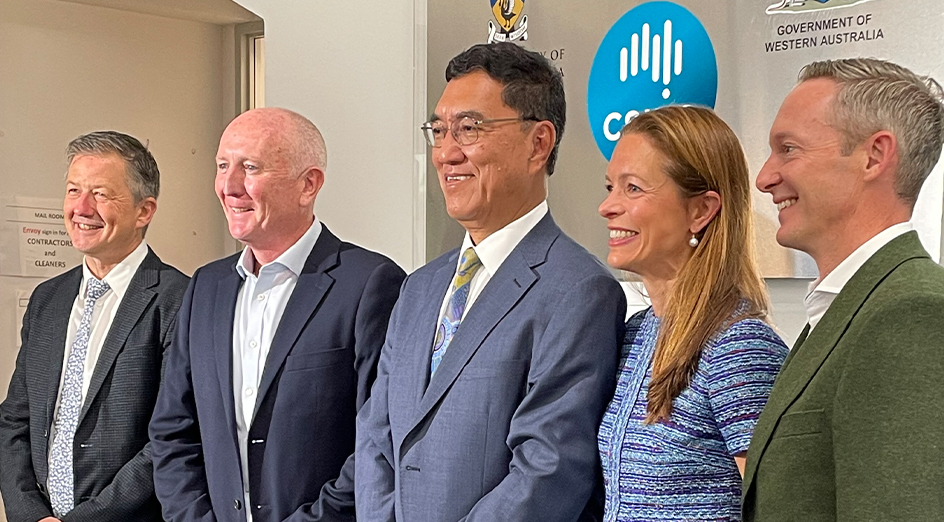The University of Western Australia has signed a landmark agreement with the State Government and CSIRO that will develop a UWA-owned 10ha site in Floreat into a biomedical research and industry precinct.
UWA Vice-Chancellor Professor Amit Chakma said the hub aimed to attract world-class researchers, linking industry with academics and research innovation.
"We actually have the elements of what it takes to translate knowledge from laboratory side to practical side," Professor Chakma said.
"We just need to do it bigger and better, and this partnership opens the door for us to take the next step."
The memorandum of understanding signed between the State Government, CSIRO and UWA will see the agencies plan what areas need refurbishment, how many companies can move in, and what extra facilities and equipment would be needed.
UWA spinout company OncoRes' medical chief executive officer Dr Katharine Giles said the site could allow for greater manufacturing of technology such as her firm's medical imaging techniques which help surgeons combat cancer more effectively.

"A biomedical precinct will enable companies like ours to collaborate even more and establish firmer foundations to develop, innovate, develop and manufacture our devices and export to the world from Western Australia," she said.
"It's fantastic to have access to a site like this, that as our industry continues to grow, we can create jobs, retain our best and brightness and attract talent from all around the world."
Fellow UWA spinout Orthocell Ltd's chief operating officer Alex McHenry said the space could provide opportunities for start-ups and small businesses to grow and develop in WA rather than moving over east.
"Orthocell Ltd is actually a great example. It was born from a successful collaboration between UWA, supported by local government grants, and is now manufacturing medical devices globally," he said.
"Lately, it's actually garnered a lot of interest for its nerve repair device. It's been invented locally, manufactured here in the State and is now used by over 150 surgeons across Australia to reconstruct peripheral nerves — that's regaining function in paralysed limbs.
"We're actively now preparing for that product to be launched into the US market and many more.
"What that will mean is expansion, it means scale up, and it means necessity in infrastructure and facilities like this."






